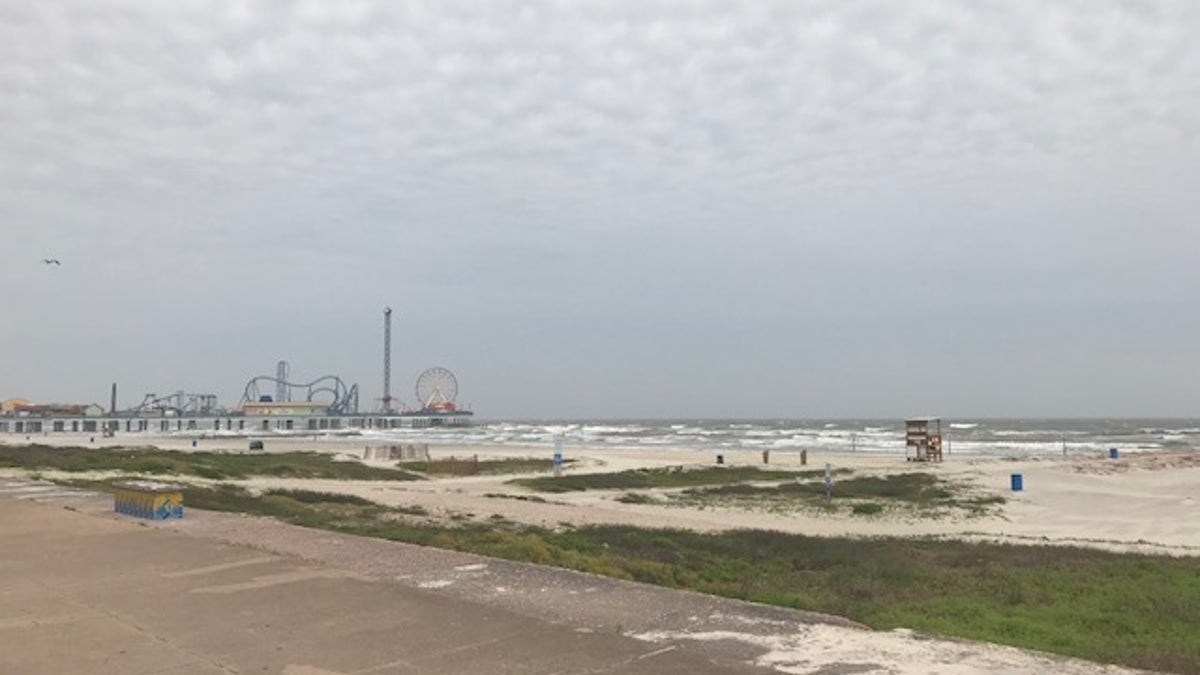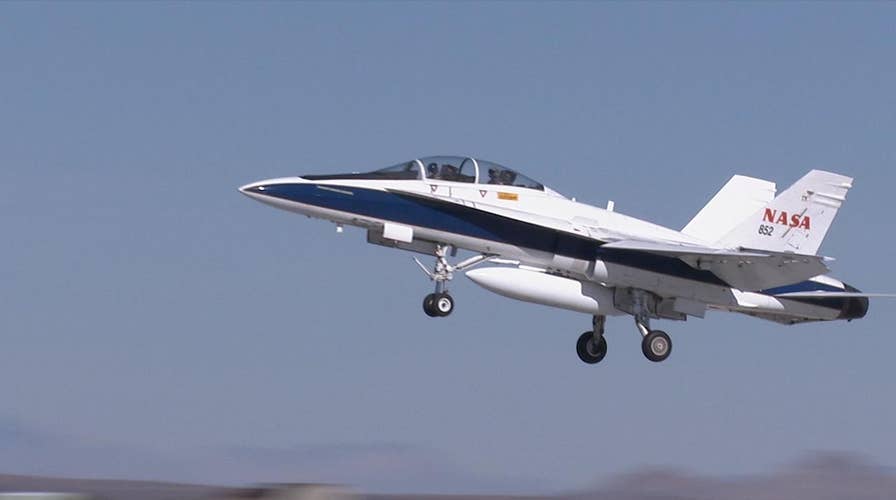NASA works to make supersonic commercial travel reality
NASA conducts research to quietly break sound barrier
HOUSTON – Imagine flying from New York to Los Angeles, normally a six-hour ordeal, in under three hours. NASA is hoping that will one day be a reality as it works to prove that quiet supersonic commercial travel is possible.

NASA will be conducting a series of flights in the Galveston area to figure out how to best study people's reactions to quiet supersonic jets. (Fox News)
The agency will be conducting a series of flights in November off the shores of Galveston, Texas, an island city outside of Houston. It’s a test to determine how to best study people’s reactions to quiet supersonic jets.
“This project, QSF 18, is a test so we can test the methodology for future community response testing for projects like the LBFD,” said Larry Cliatt, principal investigator for NASA.
LBFD is NASA’s low boom flight demonstrator—a supersonic aircraft that reduces the sound of the sonic boom. Lockheed Martin Aeronautics Company is working with NASA on its design. With low boom flights, NASA said it “intends to gather data on how effective quiet supersonic technology is in terms of public acceptance.”
The Federal Aviation Administration generally prohibits supersonic flight over land.

An illustration of what the Low Boom Flight Demonstrator could look like. NASA says its design would reduce the sound of the sonic boom to a gentle thump. (NASA/Lockheed Martin)
A commercial high-speed jet, the Concorde, was popular in the late 1970s and 1980s, but its booming sound and exorbitant operating and ticket costs forced the British-French airliner to shut down in 2003. The loud boom that came with breaking the sound barrier was often described as “unsettling.”

The test flights would take off from Ellington Airport near Galveston before conducting a dive maneuver above the water. (Fox News)
With the LBFD, NASA hopes to reduce the sound of the sonic boom to a gentle thump, similar to the sound of a neighbor closing a car door or thunder rumbling in the distance—that is, if anyone hears the sounds at all.
But because the LBFD won’t be completed until 2021, NASA is simulating the sounds for now. For the tests in Galveston, an F-18 plane will conduct a dive maneuver offshore, diving from 49,000 feet, briefly going supersonic and producing the sound likely to come from the LBFD.
“It’s extremely exciting, and I expect the Galveston people will be excited, as well,” said Cliatt.
Several people say they are looking forward to the new technology, which has been in the works for several years.
“What NASA is doing is a step in the right direction,” said George Abbey, senior fellow in space policy at Rice University’s Baker Institute.
“If I could fly supersonic transport, I could reduce that [travel] time,” Abbey said. “Time is really money, and spending a short time on an airplane vs. a long time, I’d prefer taking the short time.”
